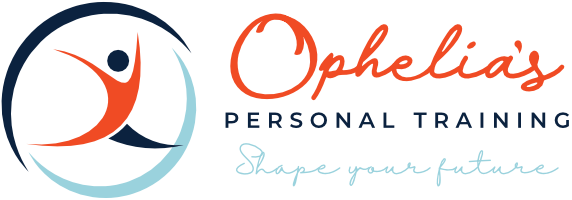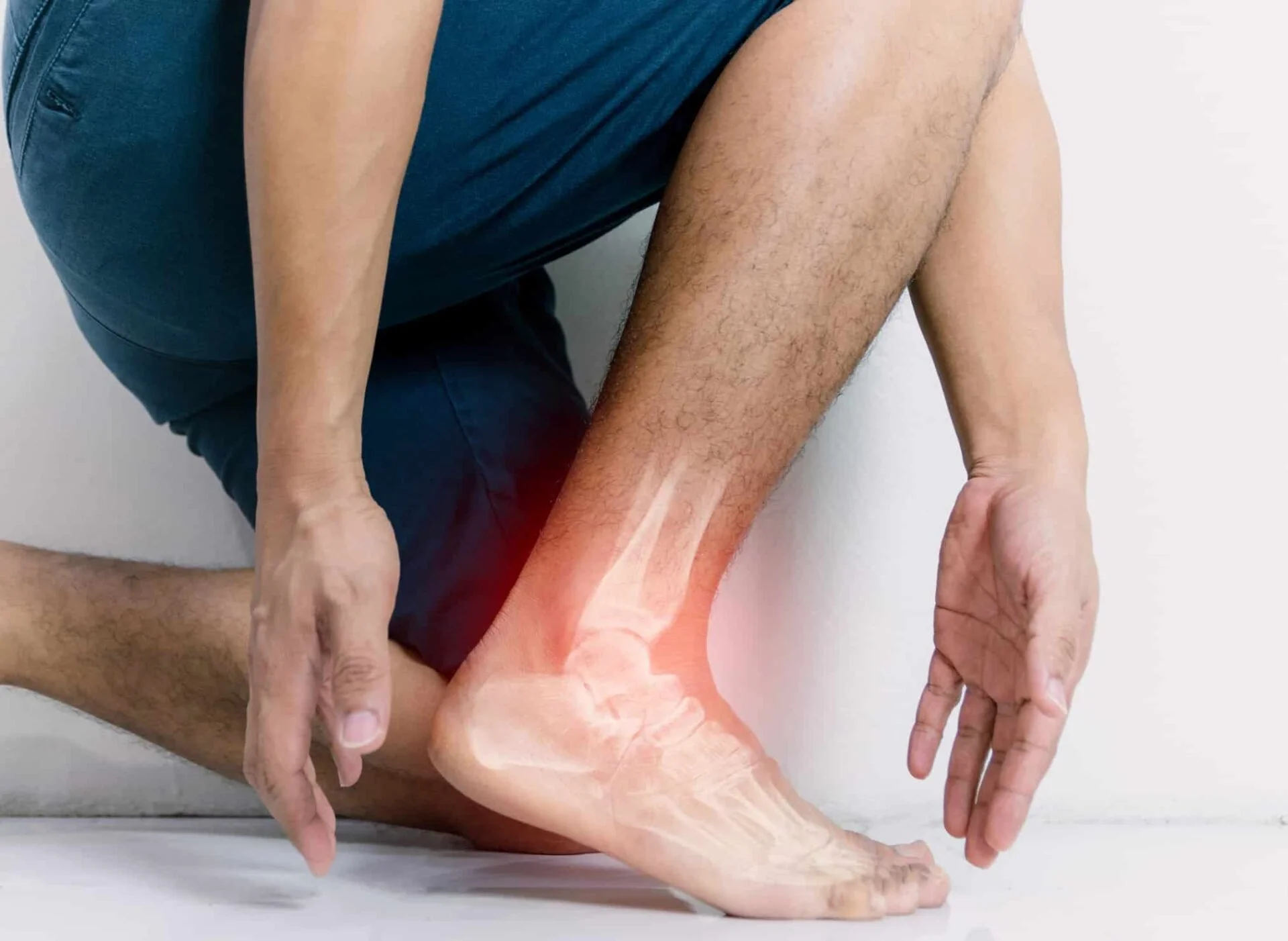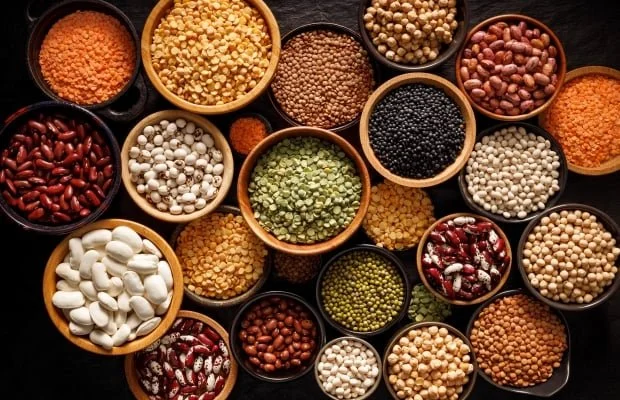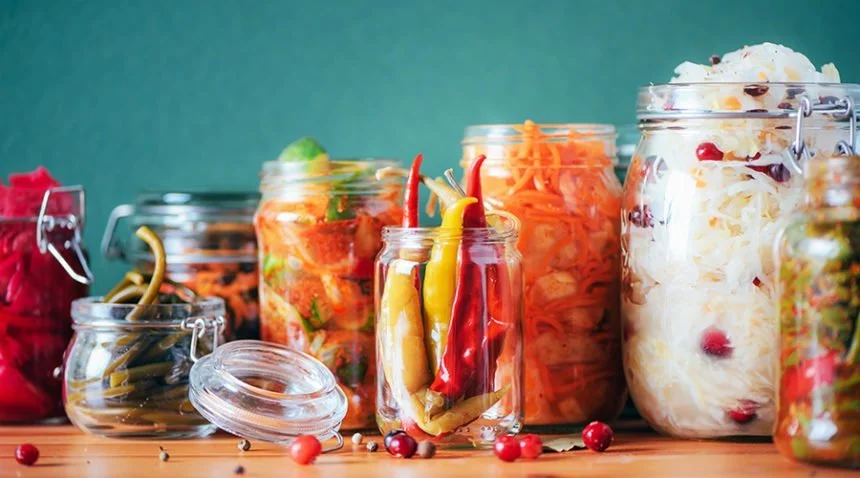Inside inflammation.
When you think of information you probably picture redness or pain. But sciences and covering more about 'hidden inflammation', which is increasingly being linked to disease as a cause - not just consequence. Georgia green finds out what you need to know.
Picture the scene you're late for work rushing around the house, looking for your shoes when all of a sudden, oach! You've stopped your toe. The pain, accompanied by redness and swelling is inflammation - your body is ancient inceptive response to injury, illness and infection.
Most of the time, inflammation is a helpful response that helps keep us healthy and alive. But as our modern Western way of Life has shifted so dramatically from the past times - we are sedentary most of the day, devoid of contact with nature, eating, processed food and inhaling polluted air - inflammation now comes with a biological price; sometimes it turns against the body and aid to the development of autoimmune diseases such as ruminoid arthritis and type 1 diabetes.
This definition of inflammation is what the medical world has understood for decades; however, an emerging idea looks at how 'hidden inflammation' could be making us all unhealthier. Transplant gastroenterologist Dr. Shilpa ravella author of A silent fire: the story of inflammation, diet and disease, believes hidden inflammation is a common root of modern disease, including cancer, heart disease, and depression, and that it's simmers under the surface for most people.
'Hidden inflammation is essentially low level chronic inflammation that seeps through our bodies,' Dr. Ravella explains. 'While we're not sure of the exact reason, a few lifestyle based root causes continue to stand out such as diet, exercise, stress, and social connection.'
We asked Dr. Ravella to explain the full scale of hidden inflammation and how we can all live an anti-inflammatory lifestyle.
So what is hidden inflammation?
It's low level chronic inflammation that can present anywhere in the body and has been linked to a variety of modern chronic diseases, including some of our most pressing killers such as heart disease, cancer, diabetes, obesity, and neurodegenerative diseases.
The problem is that while regular inflammation comes and goes with quite obvious indicators, redness, heat swelling, pain and loss of function, hidden inflammation, lurks in the body, more or less unknowingly. In other words, an outwardly fit and healthy person can harbour insidious hidden inflammation and not know it.
Certain people are more predest positioned to inflammation. Genetics can play a part in our body's immune responses and ageing in itself is an inflammatory process when body fat moves from the periphery of the body to the midsection it increases the likelihood of visceral fat. Additionally, hormone levels drop as we get older and the full in oestrogen during the menopause causes immune cells to break bone down.
Links have also been found between inflammation and mental health If you have a chronic inflammatory disorder, you're more likely to be depressed, but the effect isn't entirely due to the quality of life changes brought on by your disease. Previously thought impossible, inflammation can cross the blood brain barrier, so inflammation in the body can actually affect mood and cognition.
How to spot hidden inflammation?
The name speaks for itself. Hidden inflammation can be difficult to uncover. It's likely many of us have it without knowing, although there are certain markers to look for.
One is belly fat because it's a strong indication of visceral fat which wraps around your inner abdominal organs and blood vessels and is highly inflammatory. Another indicator is high blood sugar, however, you could be silently inflamed without either of these markers.
Well, it's not routine test and spot hidden inflammation. A blood test for a marker called C - reactive protein will show whether there's an elevated level of inflammation present - although it can't show where in the body the inflammation originates.
Because it's so hard to know whether you have it, it's worth following an anti-inflammatory lifestyle as much as possible - as a preventative measure.
Prevention over cure.
It's far easier to prevent inflammation through steady lifestyle changes than to treat the heart disease. It could potentially cause years down the line. Here are my tips...
Eat to beat inflammation.
There are many myths surrounding what an 'anti-inflammatory' diet looks like. One misconception is that you must cut out gluten and grains, but a true anti-inflammatory diet is inclusive of these.
Fibre is our most important anti-inflammatory nutrient and it's essential that it comes from whole foods, not supplements. The recommended daily fibre intake for UK adults is 30g; however, the average intake is 18g - 60% of what it should be. Our ancestors were eating 100g of fibre a day so even 30 grams is just a starting point. Food rich in fibre includes pulses, grains, apples and avocado.
Polyunsaturated fats such as omega-3 (found in oily fish, nuts and seeds) have highly anti-inflammatory effects on the body. Polyphenols - a plant compound with anti-inflammatory effects - should also be on your radar. The best sources are colourful fruits and vegetables such as berries, plum spinach, red onions and kale.
Animal protein has been linked by several studies to inflammation and a higher risk of various chronic diseases. I did buys eating mostly plant-based diet that embraces a wide range of fruits and vegetables, is packed full of daily fibre, includes plenty of omega-3 and stays away from saturated fats as much as possible.
Anti-inflammatory movement
Exercise has a calming effect on inflammation all exercise counts (as long as you're not overexercising and causing injury), but in my opinion, the best type of exercise is 'habitual movement'. Okay, this is where exercise is woven into daily life. It's a brisk walk to the shops instead of driving the car, taking the stairs instead of an escalator and participating in DIY tasks.
Stretching is also beneficial for keeping inflammation at bay in one study. Scientists injected rats with chemical called carrageenan to create local inflammation in their backs. They then encouraged the rats to perform 'rat yoga', by gently lifting them by their tail and off the hind legs to encourage them to grasp the edge of a platform and thus stretch out. After 2 weeks of twice daily yoga, the rats behaved as though they had taken anti-inflammatory drug displaying less back pain and movement restriction.
Conquer stress.
Easy to say, harder to do, but stress has long been linked to an increased risk of all chronic diseases. Why That's never been known but from my research, It's highly likely that hidden inflammation is the missing link.
For stress management. I look to blue zone dwellers (areas with the highest proportion of centenarians such as Okinawa in Japan and Sardinia in Italy). They counter stress each day by getting amples sleep abiding by their circadian rhythm (No blue light after sundown), engaging in meditation or yoga being immersed in the natural world and fostering social connections by sharing meals with friends and family.
Strengthen the microbiome
The gut plays a huge role in shaping the immune system. This should be done in two ways; firstly, by optimizing your diet. Try to include not only pantier fibre but whole plants but also some fermented foods such as sauerkraut, kimchi, kefir and miso. Secondly, it's important to expose ourselves to germs in the natural world. That's not the germs harboured in cold and flu viruses. But the plethora of bacteria found in nature that human beings evolved alongside. There's a strong arguement that we're too clean these days. The household cleaning products we use to obliterate all germs are not the kindest option. A better solution is to use homemade cleaning products, three of non-toxic chemicals.
It's equally important to a surround yourself with nature as much as possible. Exposing yourself to a world of microbes that train your immune system, not to over a react to germs or develop a predisposition to autoimmunity.
This can look like a hike in the countryside or cultivating a vegetable patch.




